Although Icelanders are at the forefront of utilization and value creation from marine resources, there is still room for improvement, with an emphasis on research, development and innovation contributing to sustainable value creation for the future. It is important to make good use of what is put into the cost of obtaining. Icelanders exported and consumed their own products from about 77% of the cod section in 2015 according to statistics.
More than four billion tonnes are produced from raw materials for food production annually, more than 1400 million of those raw materials are explicitly allocated to other than food production if possible. FoodOutlook compiled by the United Nations World Food and Agriculture Organization (FAO), about 2.9 billion tonnes are spent on food production each year. It is known that world catch amounts to over 90 million tonnes, then farmed fish is estimated at 80 million tonnes this year, which is about 10% more than 2014. It is estimated that fish consumption has increased by 2.5% at the same time, consumption of wild seafood has decreased by 3%, to 9.7kg / person, while the consumption of farmed fish has increased by almost 8%, to 10.9kg / person. About 5% of the raw materials used for food production are caught or raised in water, but it is well known that about 70% of the earth's surface is covered with water.
This week, this and other related issues were discussed at a meeting Assessment in 2030 where it came to nutrition, climate, innovation and the cycle. Jónas Rúnar Viðarsson, professional leader of the safe food value chain at Matís, chaired a seminar on water food and new marine value chains (e. Aquatic food products and new marine value chains). Jónas gave an introductory talk where he went over the processing of fish by-products for the production of food and ingredients (e. Fish by-products processing for food and food ingredients). Referring to the research of Kelleher, from 2005, and Love, from 2015, Jónas pointed out (Figure 1) that probably only 21% catches are generally consumed as food. One of the most common manifestations of catfish products is fish fillets, which often amount to 35% of the total weight of fish. It is common for about 8% biomass to be lost at sea before landing, in processing known examples of 25-70% of landed catch being lost or not being used for food production. During distribution and sales, about 7% is lost from what has been produced, then it is estimated that about 28% is wasted in the hands of consumers.
 Figure 1: Utilization of catch, how much goes to the courts and where
Figure 1: Utilization of catch, how much goes to the courts and where
SINTEF's audit in Norway indicates that Norwegians use about 37% of by-products of landed whitefish, they use all of the pelagic catch and about 90% of by-products of farmed fish. Offshore, however, ships similar to MTr are built. Molnes that process all their catch on board, including all by-products. Jónas shed light on the development of affairs in this country.
Icelanders use almost 57% by-products of traditional fillet processing from whole cod with the production of products such as marlin, heads, loins, roe, liver and fish oil. From 244 thousand tonnes of cod we export products from the processing of 178 thousand tonnes of cod, to which is added almost 4900 tonnes of cod consumed in this country. A total of 77% of the cod catch is exported (74%) as products or consumed in Iceland (3%), was 75% in 2013, 187 thousand tonnes in 2015 (Figure 2).
 Figure 2: Utilization of cod in 2015
Figure 2: Utilization of cod in 2015
The greatest value is generated from the sale of fillets, fresh (chilled), frozen almost 66 thousand tonnes and salted fillets as well as flat salted cod, a total of 94 thousand tonnes, which amounts to 39% of the catch. Products are produced from about 76 thousand tonnes of by-products of traditional cod fillet processing via the 31% catch. Statistics indicate that about 57 thousand tonnes of by-products of traditional cod fillet processing are not in the form of consumer goods. Therein lies the opportunity, to make more of what is drawn from the sea. The utilization of fish such as cod will hardly be economical until there is a demand for products made from the blood of cod, ie. with the production of products that meet unknown or as yet undefined needs. Due to food security, it will hardly be possible to use all fish for food production in the near future. Jónas also pointed out that European rules on discards contain provisions that work against the utilization of fish species that need protection but are addicted to fishing gear as by-catch.
Although the position in food production is acceptable in some places today, there is a need to consider demographic trends, trends and market trends. Jónas pointed out that different age combinations of nations need different products than we are used to today. In most places, expenditure on health care is increasing faster than the growth of the economies of the same countries. Such a development means that future generations can hardly expect the same services in the future as we now enjoy or have enjoyed recently. Therefore, future generations will have to eat right. Seafood can be useful there, if consumed in moderation and in the right way. In this context, Jónas considers the possible emergence of a large new market in the middle between the pharmaceutical sector and companies that produce consumer products, which revolves around the integration of bulk products markets and markets that are characterized by shelf products (e. niche) on the one hand and the interplay of the characteristics of the products on the other hand Figure 3. At the meeting, definitions and the need for health services to focus on health and not diseases were discussed (e. Healthcare rather than sickcare) A lot of energy, a lot of money and a lot of time would go into dealing with the consequences, the illness and or the symptoms of the disease, less would be put into health and wellness. Whether high-tech health centers will be built in Iceland instead of hospitals, time will probably tell.
 Figure 3: Hypothesis of market development based on AT Kearney analysis
Figure 3: Hypothesis of market development based on AT Kearney analysis
The challenges ahead are great. In this context, it is important to invest in talent and infrastructure so that so much fish can be lost before consumers get the weather out of fish history, as has happened over the years. In this way, the right supply of the right education for the right people must be ensured so that more of the catch can be utilized, food production from fish can be increased and more value can be made from the catch. Good first-hand workmanship is important for value creation at later stages.
For further information, please contact Arnljótur B. Bergsson, Head of Implementation and Impact

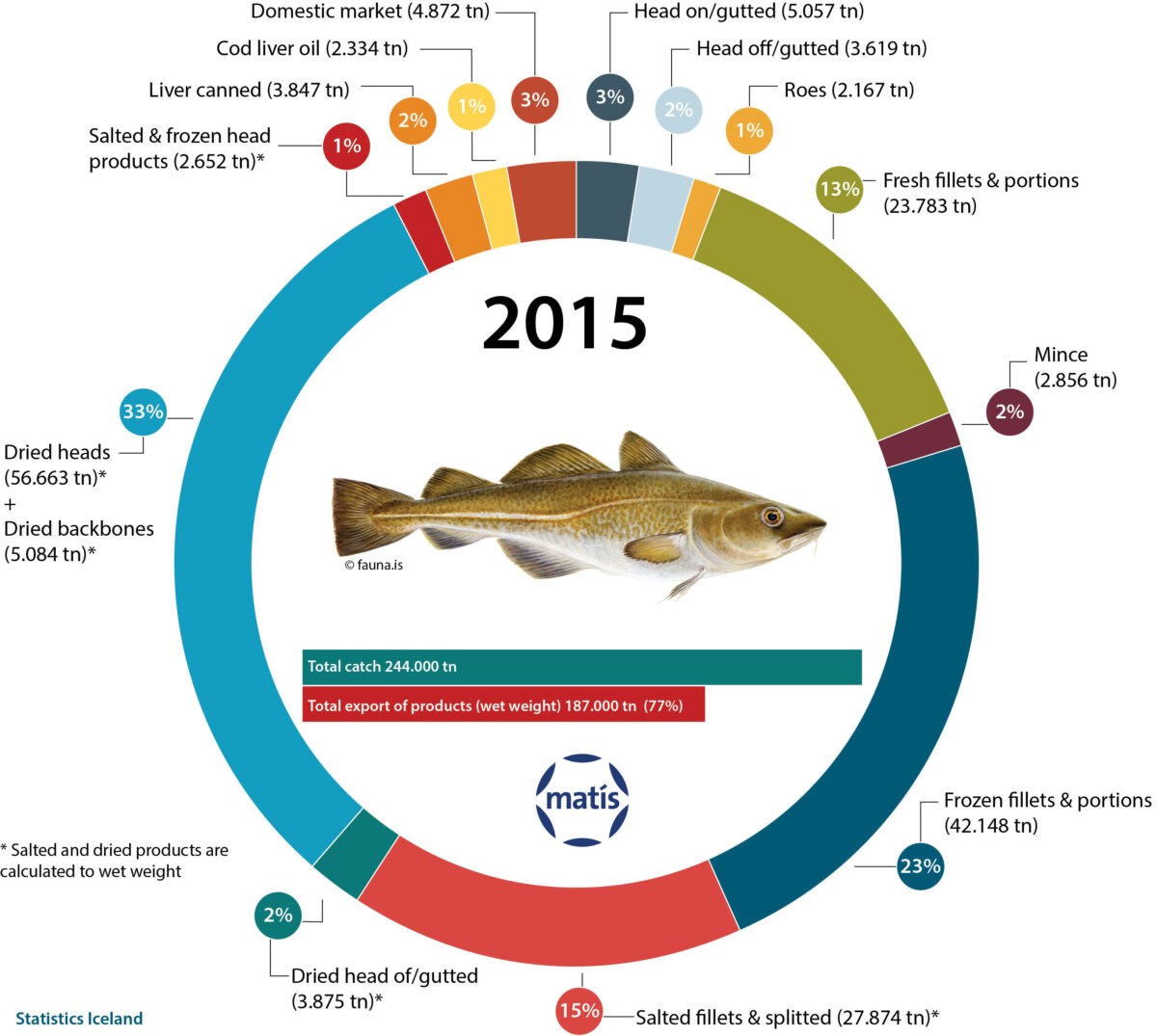
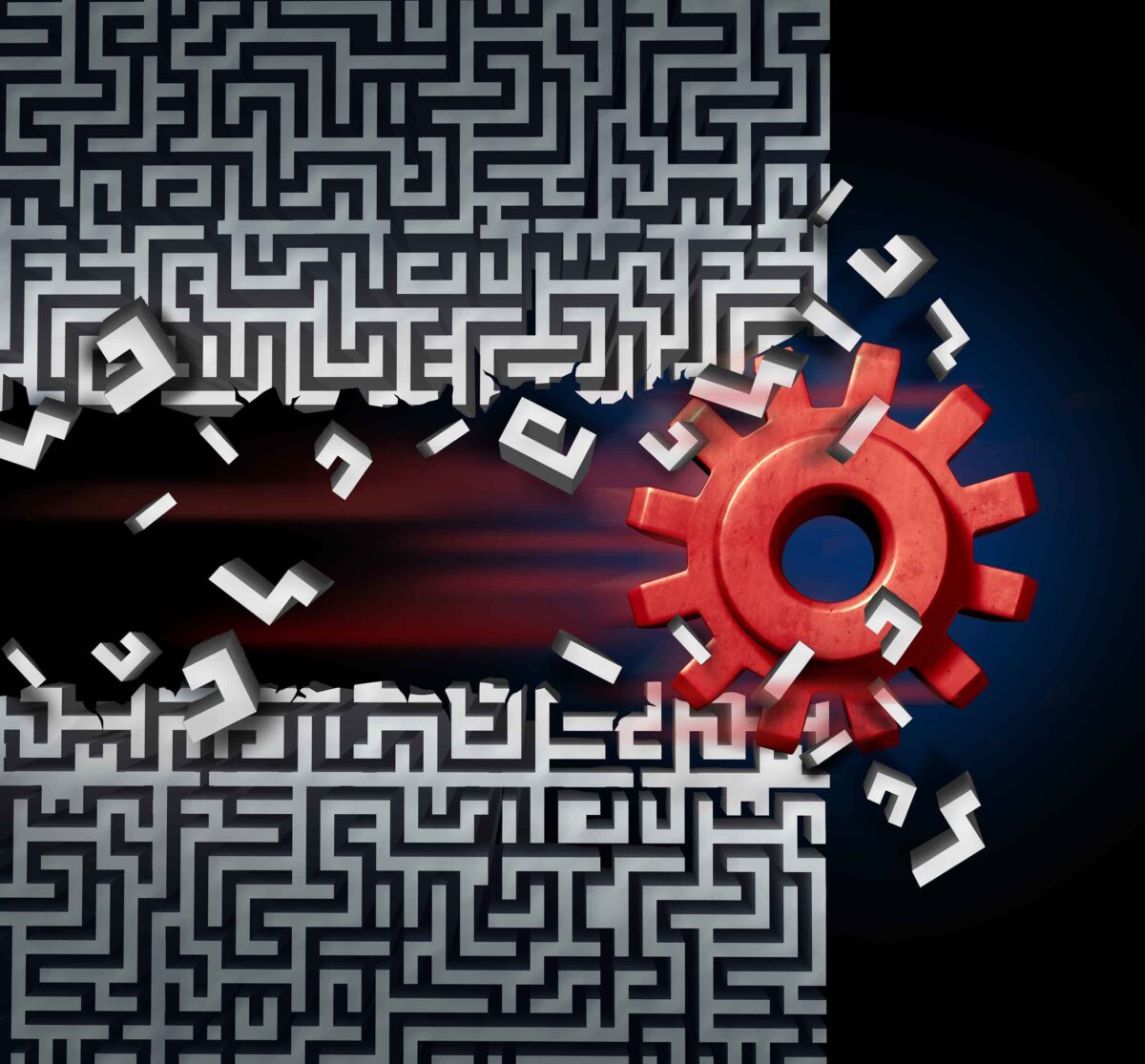

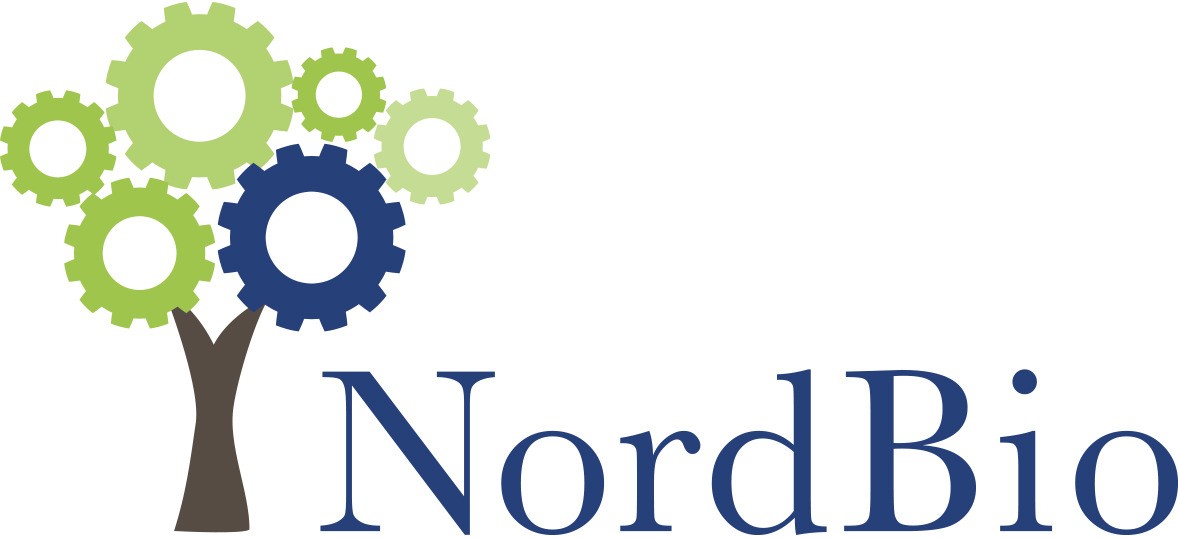
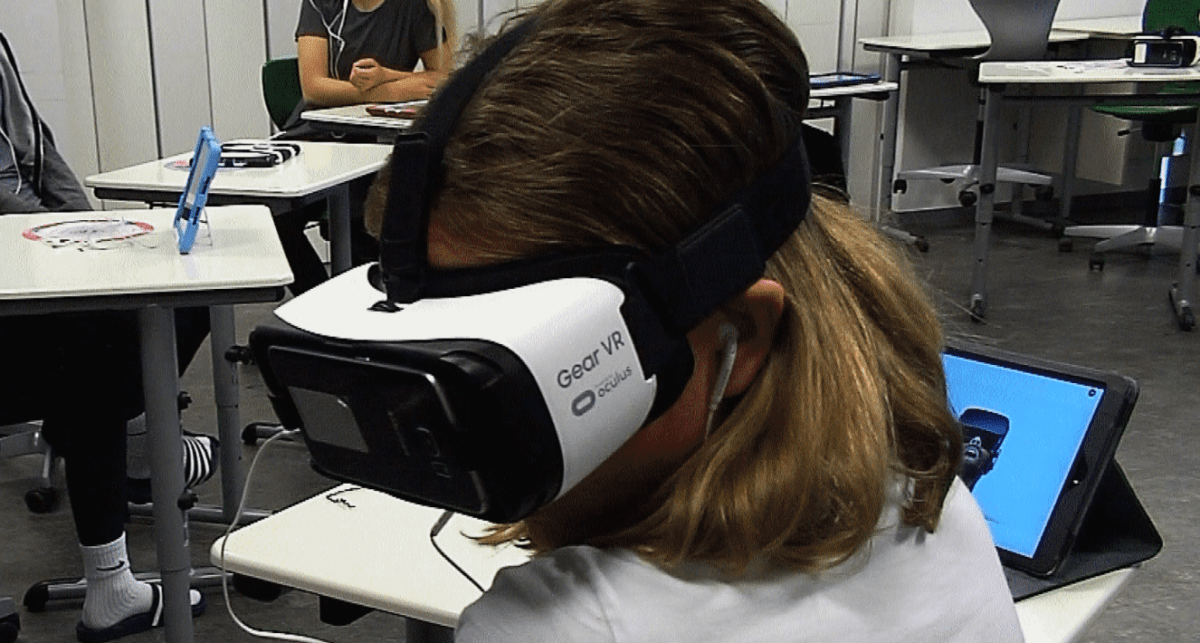
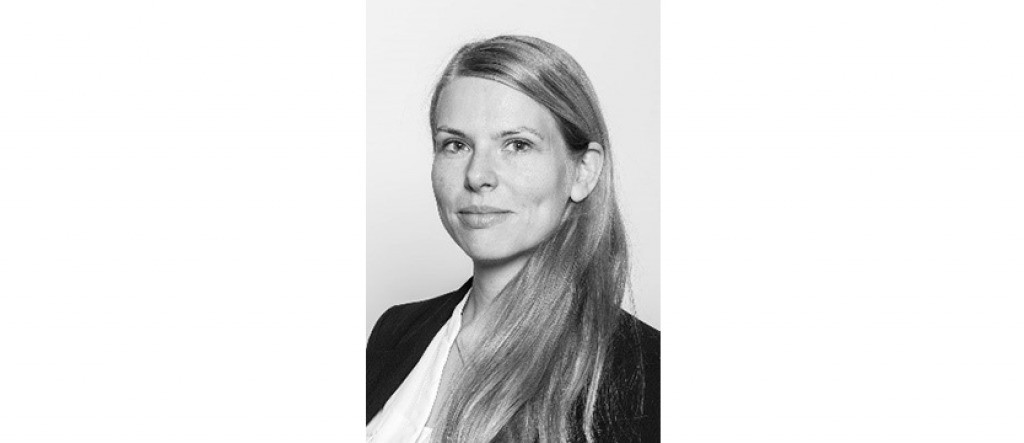
 Rumex Longifolius Njóli | Rumex Longifolius.
Rumex Longifolius Njóli | Rumex Longifolius.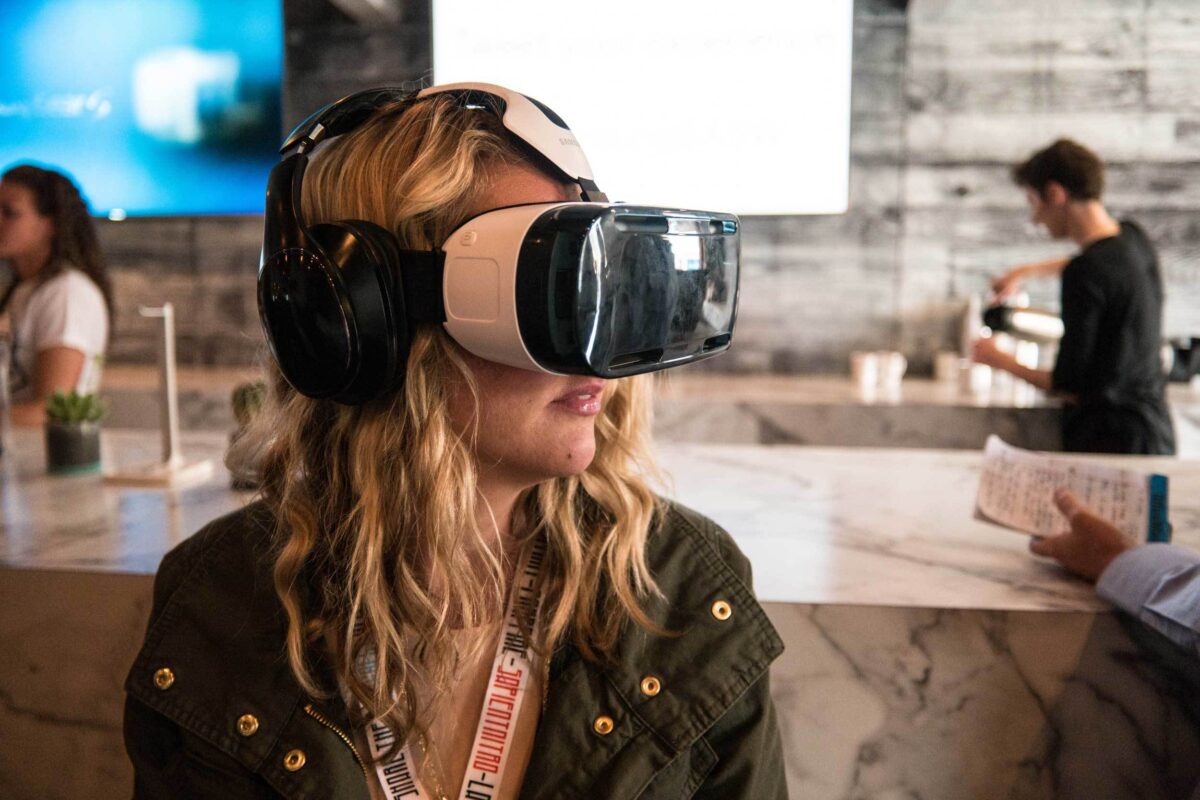
 Virtual reality technology used for teaching at Árskóli in Sauðárkrókur (photo from the RÚV website, www.ruv.is, more:
Virtual reality technology used for teaching at Árskóli in Sauðárkrókur (photo from the RÚV website, www.ruv.is, more: 